Subjective Participant or Objective Observer?
[ad_1]
In 2017 I did a Reddit AMA at /r/Ultralight. Over the course of five or six hours, I was asked a bunch of hiking-related questions, one of which was, “Can you give me your best piece of advice for backpacking that does not involve gear?” My answer was as follows: “When challenging backcountry situations arise, try to process them as an objective observer rather than a subjective participant.” In the following article, I expand on that response:
There are a multitude of reasons to go hiking. Relaxation, fun, peace, contemplation, the challenge, the opportunity to disconnect, the opportunity to reconnect, solitude, spending some time with friends; the list goes on and on. However, irrespective of what your motivation(s) may be, one thing we all have in common is the desire to come back from our respective journeys safe and sound. And that, in a nutshell, is why objective decision-making in the backcountry is so important.
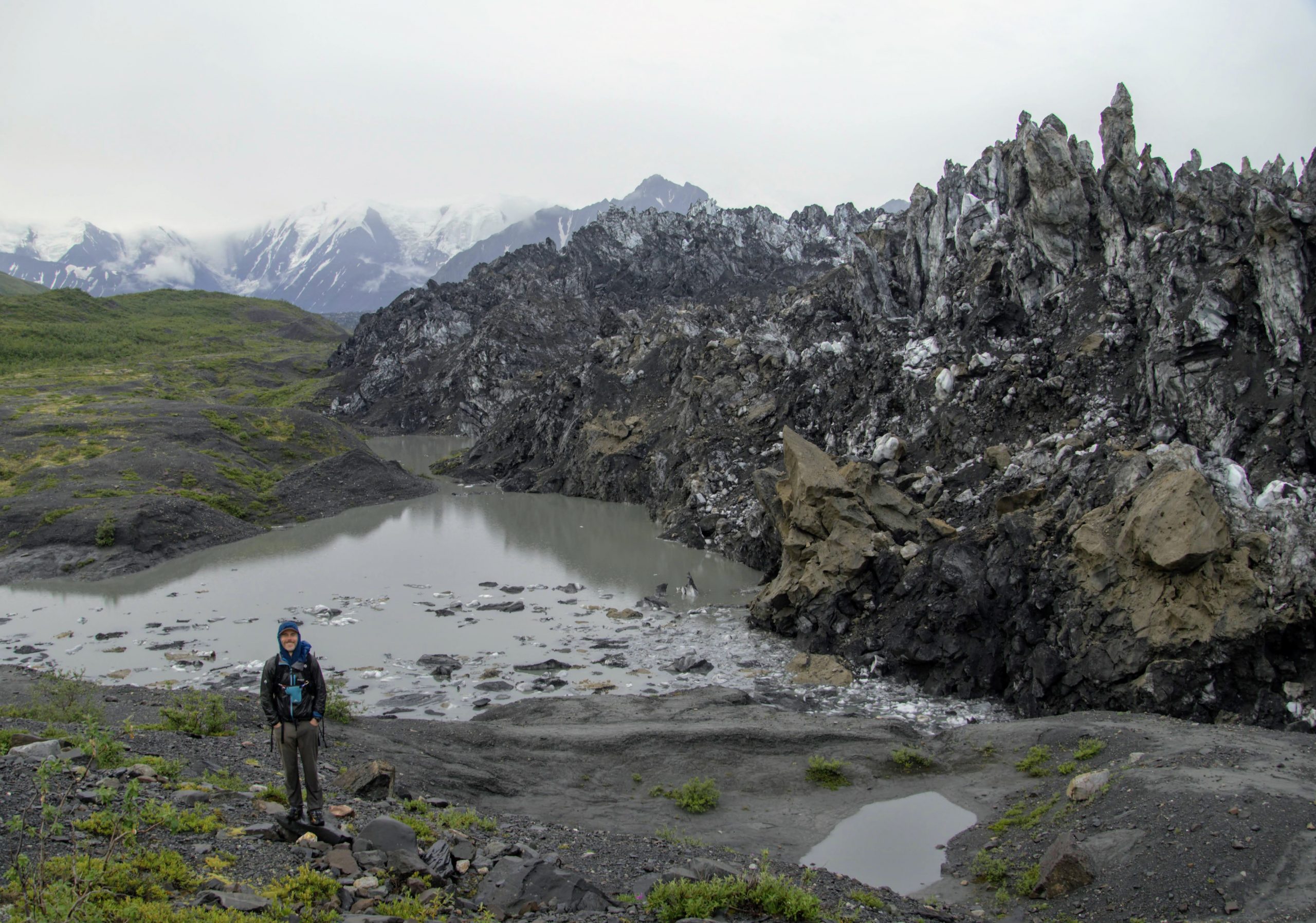
Yours truly and the incredible Muldrow Glacier / This photo was taken during a seven-day, 190 km (118 mi) east-to-west trek through Alaska’s Denali NP in 2021. We had to alter our original route plan due to the fact that the aforementioned glacier was surging for the first time in 64 years, which meant that we were unable to cross the Mckinley river (which originates from the Muldrow).
If you spend enough time out in the boonies, eventually, you will be faced with scenarios in which your welfare is potentially at risk (e.g., fording swollen rivers, negotiating avalanche terrain, arriving at an anticipated water source only to find it bone dry). The ability to process such situations objectively, rather than subjectively, can mean the difference between emerging safely out the other side and finding yourself up poo creek with a rusty teaspoon for a paddle.
Swift Creek Blues
Let’s go from metaphorical watercourses to real ones. In July and August, 2011, I hiked eastbound on the Pacific Northwest Trail. It was the first hike in the 12 Long Walks series. An historically high snow year, combined with a cool spring, meant that during the first two weeks of my journey, there was still a great deal of snow around in the mountainous areas of western Washington (Olympics and Cascades).
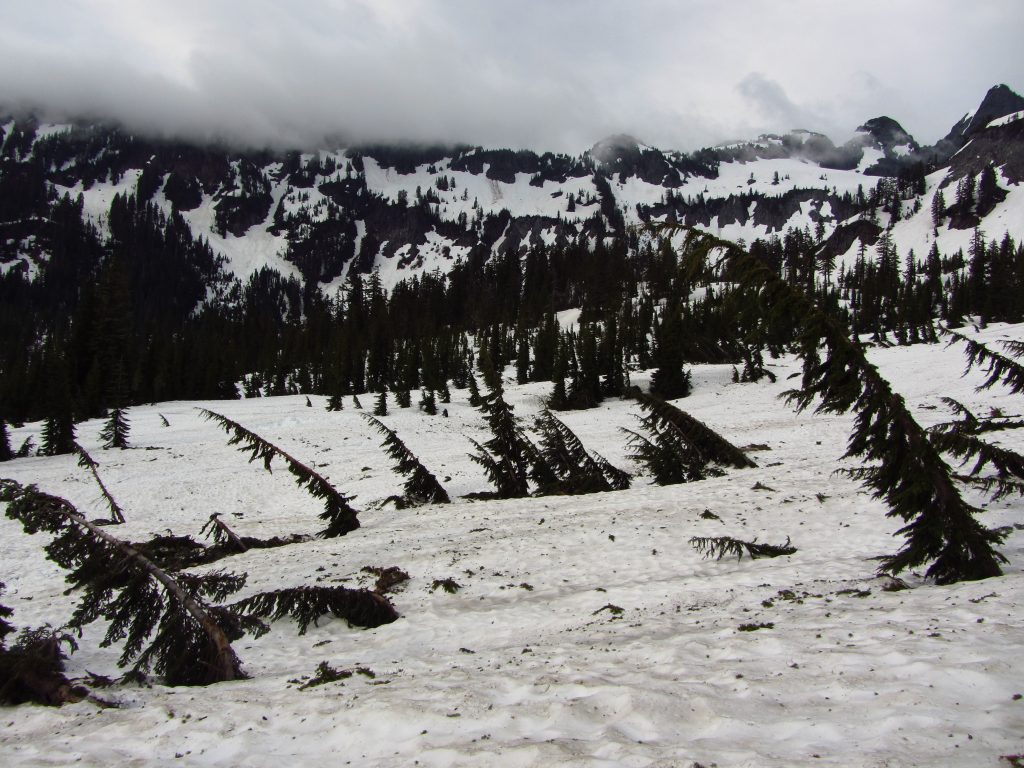
Mid-July, 2011 | Mount Baker-Snoqualmie National Forest.
The snow, combined with warmer summer temperatures, meant that the rivers were running particularly high. One such waterway was the aptly named Swift Creek in the Mount Baker – Snoqualmie National Forest. With the bridge out and the glacial-fed waters raging, there was nothing for it but to look for a safe place to cross. So that’s what I did. And for the next two hours, I ploughed up and down the densely vegetated bank (sometimes through unforgiving Devil’s Club) before eventually finding a place where I deemed it safe to ford.
Prior to discovering the desired location, I had previously spotted two other places where crossing would most likely have been possible. In both situations, I was roughly 90% to 95% certain I’d be able to manage it without falling into the drink. However, in my book, 90% to 95% is not good enough when the alternative is getting swept downstream. Therefore, on both occasions, I resisted the temptation and kept bushwhacking in search of a better option.

Swift Creek
Scenarios such as the one mentioned above can test both novice and experienced hikers alike. Emotions, distance objectives, fatigue, time goals, and crappy alternatives (e.g., two hours of bushwhacking) can all play a part in clouding our judgment. Yet it is precisely the ability to remove these elements from the decision-making process that has saved my hide in the backcountry more times than I can tell you over the past few decades (Note: During this time, I haven’t been immune to the occasional ill-advised choice as well).
Informed and Objective
Next time you are faced with a potentially hazardous situation while hiking, try the following exercise. Start by taking a step back. Then breathe deeply and exhale. Repeat four or five times. The goal is to be as calm as possible and not rush your decision. Have a chocolate if you like. Now take yourself out of the equation, and imagine that you are a well-informed witness who understands not only the conditions but also possesses an intimate knowledge of the skills, strength, and ability of the protagonist (i.e., you). By following these steps, you help to remove pride and ego from the decision-making process, thereby increasing the likelihood of making sound choices.

Yours truly on the 24-day traverse of Southwest Tasmania, one of the most physically and mentally demanding trips I’ve done over the years.
I know what some of you are thinking. This all sounds great in theory, but when emotions are running high and you are giving all that you can, it isn’t always so easy to think clearly. That’s true. But remember the following – objectivity and passion aren’t mutually exclusive. It is possible to find a balance. And being able to manifest the equilibrium between drive and impartiality can make all the difference in regard to your safety.
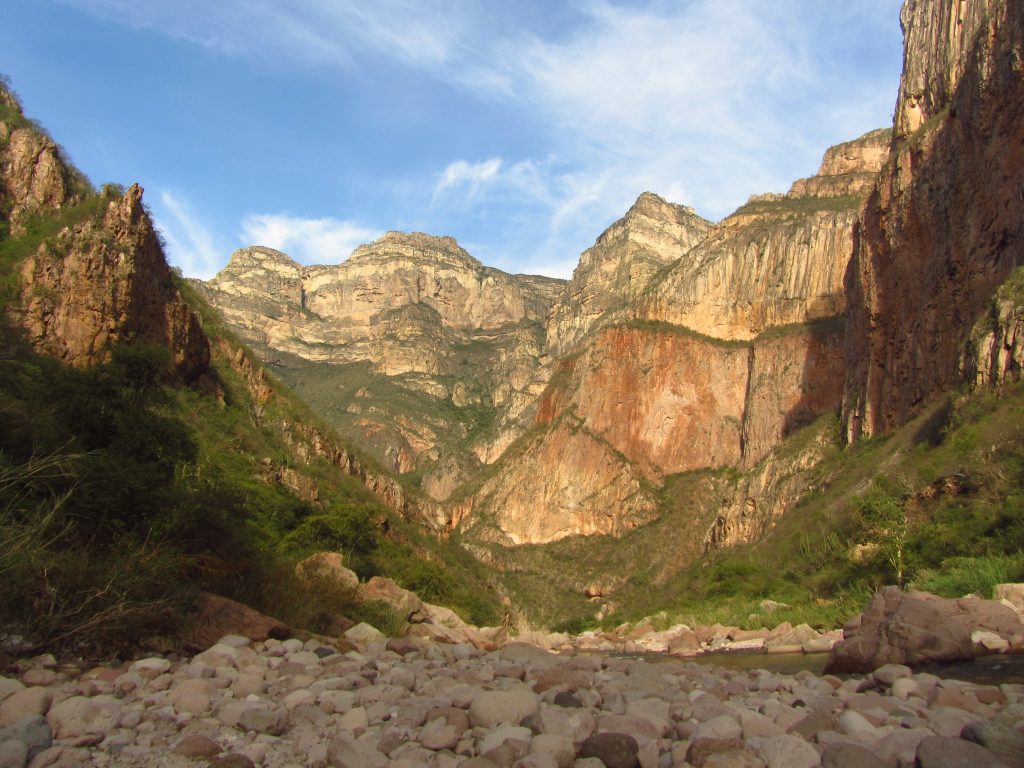
Copper Canyon Traverse, Mexico, 2013 (613 km/22 days) | Largely off-trail and with a lot of bushwhacking and bouldering involved, by any criteria, this was a tough hike. When you throw in the fact that it took place in one of the dodgier regions on the planet thanks to the drug cartel influence, the CCT was a hike in which objective decision-making was as important, if not more important, than our ability to negotiate the 2,000 m (6,562 ft) deep canyons we were constantly climbing in and out of.
It is worth noting that making objective decisions in the wilderness becomes easier with experience. Hiking is no different from anything else. The more you do something, the better you become. And with improvement comes a heightened level of comfort in a wider range of potential scenarios. This, in turn, enables you to make more informed decisions with a cooler, calmer head.
Summary
The ability to process challenging backcountry situations in an objective manner is something you rarely hear talked about in hiking circles. People seem more interested in tangible barometers such as distance covered, speed, gear weight, and “name” hikes finished.
I get it. Hikers are no different from everyone else. We love our metrics. But as is often the case in other aspects of life, it’s the intangible things that really matter when the shit hits the fan. And while the heart and spirit may be the catalysts for many of us heading out into the wilderness, when worst-case scenarios occur, usually it’s what goes on between our ears that dictates whether or not we return home safely.
Revised 2023
Related Posts
[ad_2]
Source link
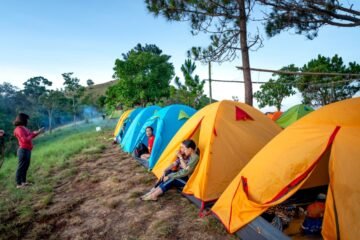

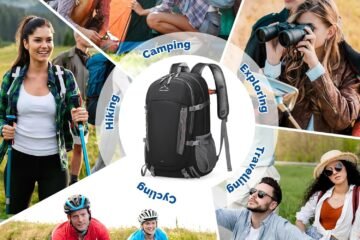
0 comentarios